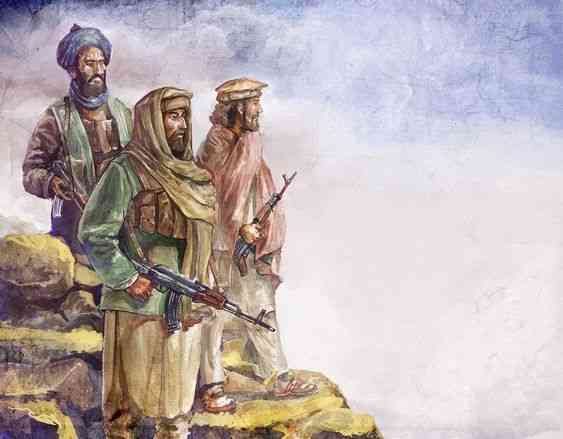That war ended with great losses for the Red Army (a nickname given to the Soviet Army), due to the fierce and organized resistance by Afghan and Arab fighters.[1]
Soviet Motives for Invasion
From 1743-1833, Russia occupied the slopes of Central Asia bordering China and Mongolia, the regions bordering the Black Sea, Turkey, Iran and the Caspian Sea. In the period between 1880-1900 the regions of Tashkent, Samarkand, Bukhari and the adjacent desert were occupied, followed by the occupation of Afghanistan in 1979, and thus we can understand that Russia has very old ambitions towards Afghanistan...
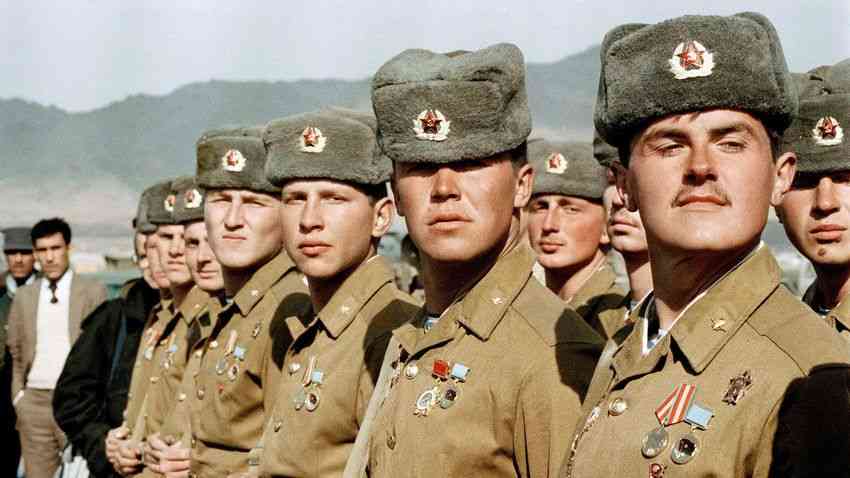
But if we ask ourselves why Russia might think of occupying a country whose people live below the poverty line in an atmosphere that is almost not safe except sometimes, here are the most prominent goals of Russia behind the occupation of Afghanistan:
-Greed for natural resources there
-Occupation of warm water sources and oil wells before the Americans
-Securing China from the West.
-Aborting any attempt of any liberation movements that could arise in the Central Asia region of the then Soviet Union.
-Support the Afghan Communist government.
-Threatening areas of US influence in Pakistan.
-Restoring the military prestige of the Soviet Union after it was shaken in Poland.
-Moving the huge Soviet army to absorb the feelings of discontent that began to appear on its members
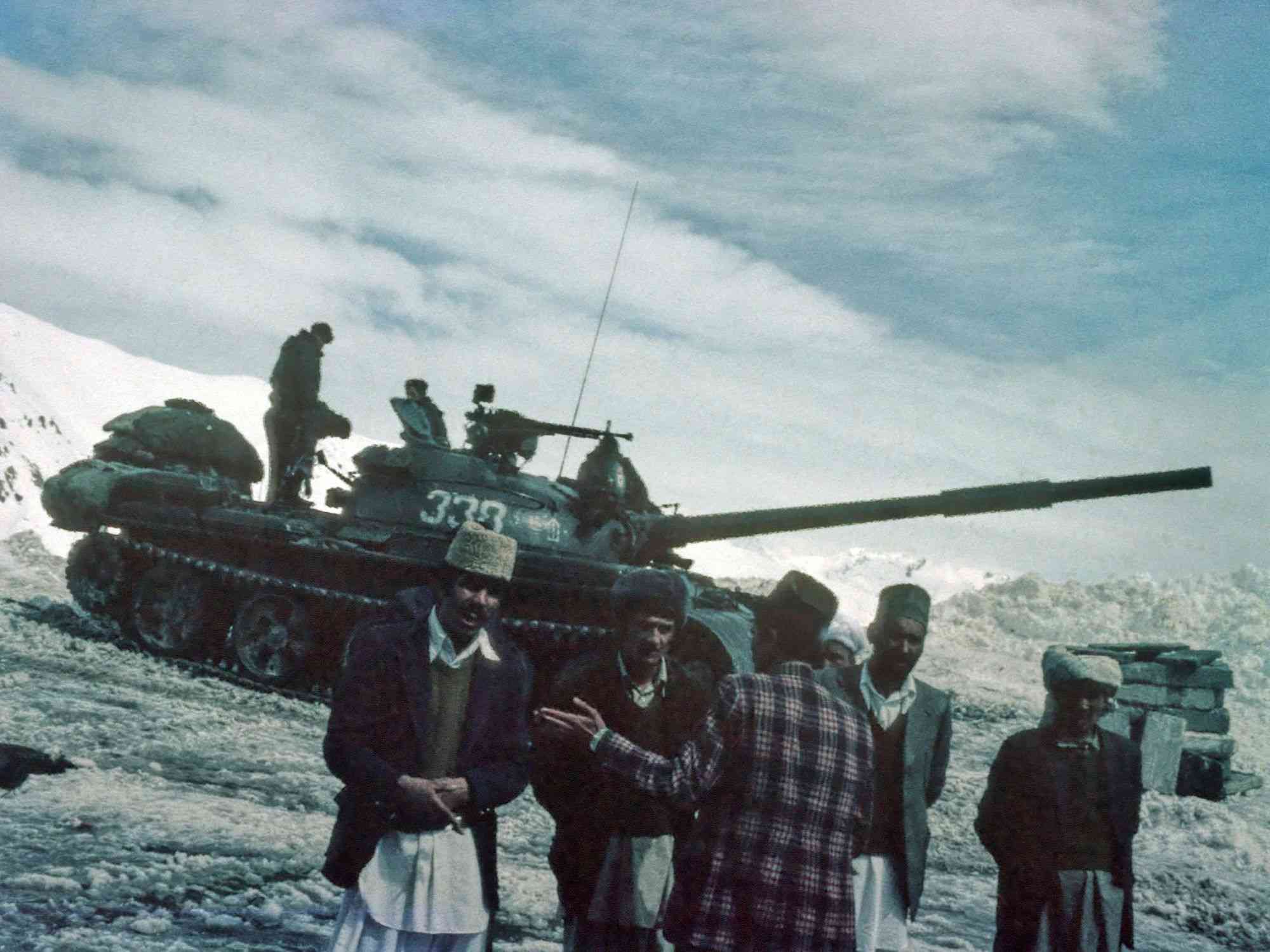
War plan:
-The deployment of Soviet soldiers in the cities of Afghanistan to create terror in the hearts of the people and then work to concentrate around the big cities.
-Destroying secondary roads and filling them with mines, and controlling main roads
-Equipping a strong secular Afghani financially, informally, militarily and administratively.
-Distribution of fortified military centers around the cities.
-Carrying out offensive and defensive maneuvers, especially after Afghan fighters obtained American-made Stinger missiles and Egyptian-made missiles.
-Stirring up ethnic, sectarian and partisan hostilities within the Afghan resistance, and between the Afghan and Pakistani people, especially with regard to the Baluch and Pashtun issues, the Mortmayr Durand border line and the sources of rivers.
-Threatening countries that tried to help Afghanistan.
-Frightening the Iranian and Pakistani leadership from the Afghan resistance.
-The installation of a pro-Soviet government in the event that the Soviets withdraw from Afghanistan and conclude certain agreements with it.
-Pressure through the United Nations and international organizations to confirm that the invasion of Afghanistan was based on an agreement between the Soviet and Afghan governments.
Chronology of events[2]:
1978:
Noor Muhammad Turki (an Afghan statesman and Soviet ally, who emerged during the Cold War, served as President of Afghanistan from 1978 until his assassination in 1979) overthrew the government of President Muhammad Dawad (Sardar Muhammad Daoud Khan was the Prime Minister of Afghanistan from 1953 to 1963 and later became President Afghanistan, he overthrew the monarchy against his cousin, Muhammad Zahir Shah, and declared himself president from 1973 until his assassination in 1978), and ordered his killing and his family, then he installed himself as president.
1979:
Hafizullah Amin (an Afghan politician and one of the statesmen during the Cold War) killed former President Nur Turki and seized power, but the Russian intelligence services assassinated him in the same year, and Babrak Karmel (an Afghan politician from the Democratic People's Party) took power after him.
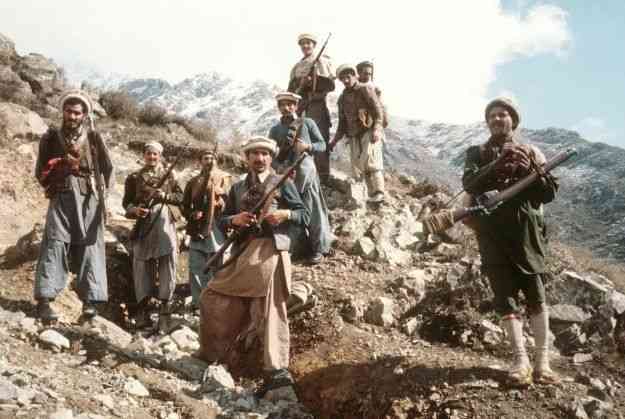
December 1979:
The Soviet invasion of Afghanistan began.
1980:
The Afghan and Arab resistance was doing its best against the Red Army. At that time, Muhammad Najibullah, the fourth president of the Communist Democratic Republic of Afghanistan, had returned from the Soviet Union and assumed the leadership of the secret police.
1984:
The United Nations dispatched an envoy to Afghanistan to investigate human rights violations.
1986:
Najibullah becomes president after the dismissal of Babarak Carmel.
1987:
President Najibullah presented a ceasefire proposal, but it was rejected. The Afghan fighters also refused to cooperate with his government as a puppet government of the Soviet Union, and their military victory over the Soviet army gave them confidence in rejecting these proposals in addition to refusing to cooperate with the government of Najibullah.
1988-1989:
The Soviet forces were forced to withdraw on February 15, 1989, due to the huge victories achieved by Arab and Afghan fighters and others. The number of Soviet soldiers killed during that war is estimated at between forty and fifty thousand, in addition to a large number of wounded.
The reasons for the Soviet withdrawal from Afghanistan
-Afghan resistance perseverance for ten years in the face of the red strikes.
-Unexpected losses in soldiers and equipment.
-Soviet Union bet on the success of the Democratic People's Party government in Afghanistan.
-Weak economic situation in the Soviet Union, with a daily expenditure of forty million dollars.
-Changes in the Soviet front internally, ending with disintegration.
The most prominent Afghan and Arab leaders
Abdullah Azzam:
Abdullah Yusuf Azzam, one of the leaders of the fighters in Afghanistan against the Soviet Union, is described as the pioneer of the Afghan jihad and one of the leaders of the Muslim Brotherhood. Abdullah Azzam was born in Jenin, Palestine, and he worked as a university professor at the University of Jordan, known for honesty, humility and bringing people together, he was assassinated on the fourth On November 20,1989 he and his sons go to Friday prayers in Peshawar.[3]
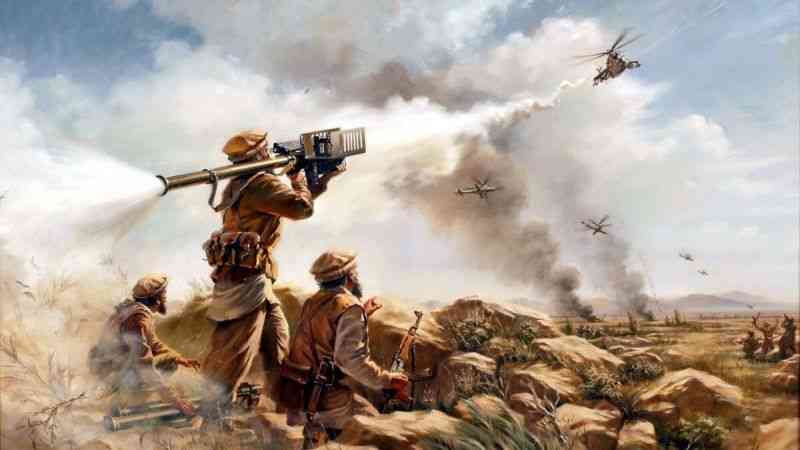
Finally, the war did not end with the withdrawal of the Soviet forces. Rather, the fighters continued their war of Najibullah’s regime, and they elected a government in exile headed by Sibghatullah Mujadadi (he is an Afghan politician, he was the president of Afghanistan after the fall of the government of Muhammad Najibullah in April 1992. He established the Afghan National Liberation Front, He held the position of Chairman of the Loya Jirga in 2003).
Sources:
[1]Book name:Under fire in Afghanistan
Author Name:Ahmed Mansour
[2]The Soviet invasion of Afghanistan
[3]The title of the book: The martyr Abdullah Azzam, a man of mission and a school of jihad
Author: Hosni Adham Jarrar
Indexing Status: Not Indexed
Publisher: Dar Al-Diaa - Amman

